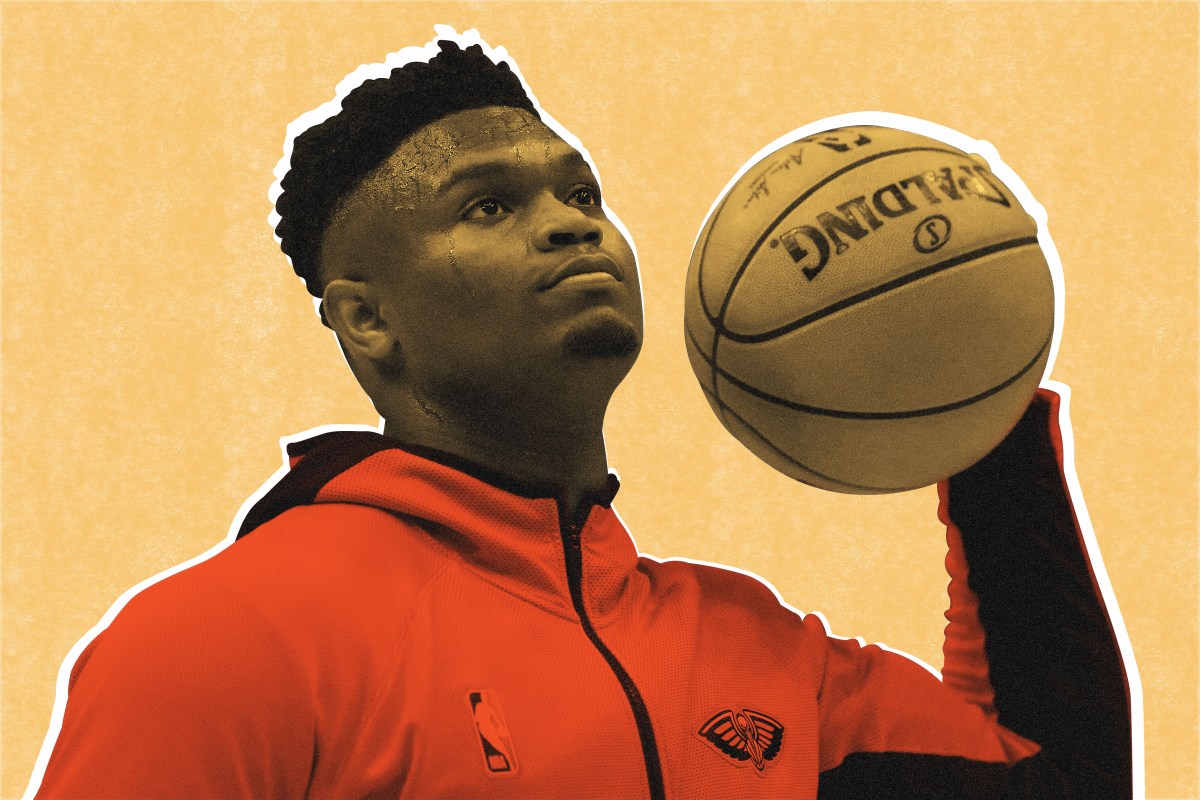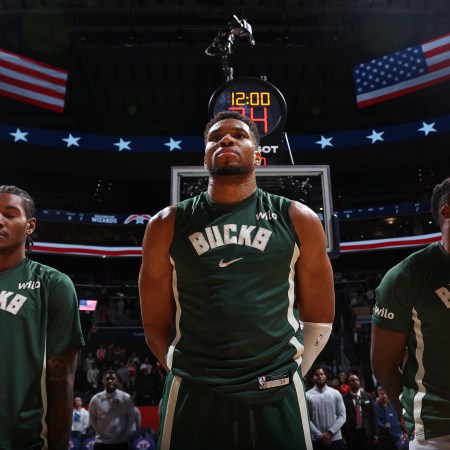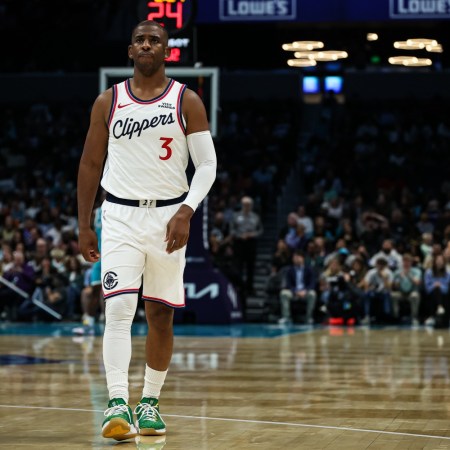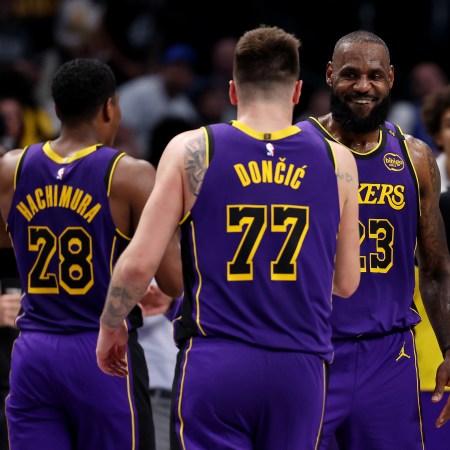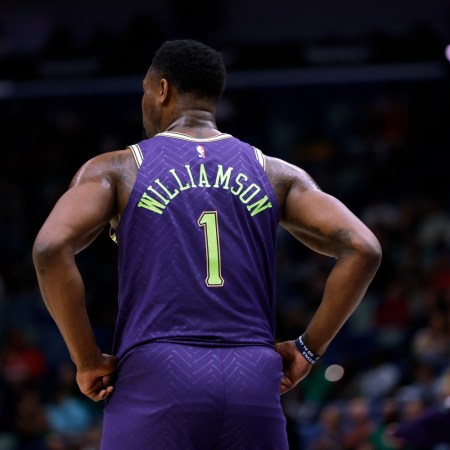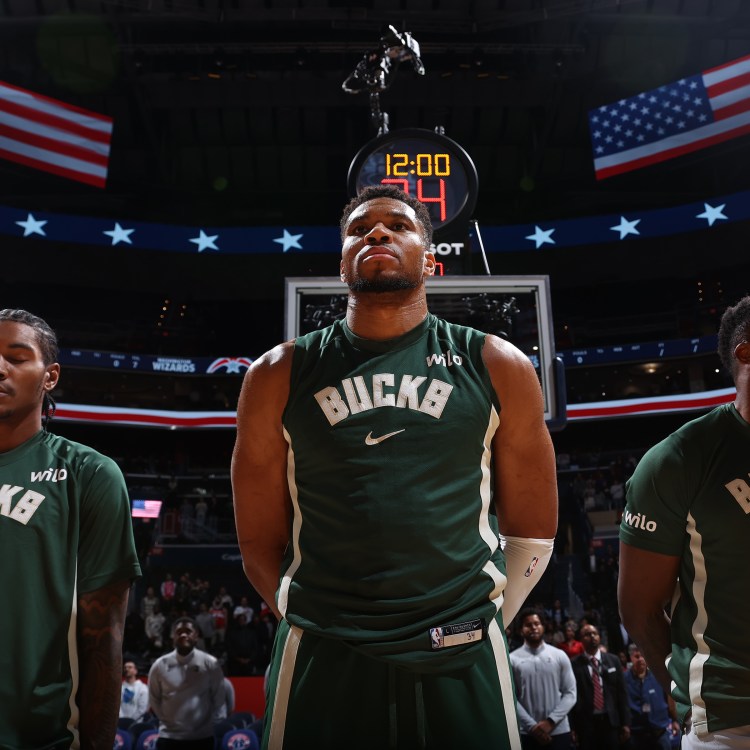Zion Williamson, according to my 83 year-old NBA superfan Chinese grandmother, is “very new, very young, a phenomenon person.” After missing the first four months of the season while rehabbing a torn meniscus and literally relearning how to walk, Williamson has displayed the astonishing cocktail of girth and explosiveness that made him the obvious first pick in last year’s draft; or, as my grandma puts it: “He was injured until he wasn’t — now he’s just started and made lots of points.”
Listed at 6’6 and 284 pounds, Zion is a perfect cube, making him the first elite athlete to be built in Minecraft. There’s been considerable consternation about his size — Mark Jackson, who has either no chin or nine of them, spent most of Zion’s debut calling Zion a fat tub of lard — but this fretting fundamentally misses the point of who Zion is as a player. He’s built like a Hess Truck and moves like a Hot Wheel and his skill set is perfectly attuned to maximize his physical gifts. Zion at 280 pounds is a transformational force; Zion at a waist-size where he could shop at J. Crew is probably a Beijing Duck. Averaging 19.5 points and 8.2 rebounds in just 26.3 minutes, Zion has quickly announced himself as an elite player through six games. Below, five reasons why Zion has been worth the wait — and the weight.
Interior Scoring
Zion is double cheeked-up on a Thursday afternoon; in other words, he has a big butt and knows how to use it. Despite shooting the ball like he’s wearing a parka (he hasn’t made a three-pointer since his outburst in his debut), Zion has proven to be a hugely efficient scorer because he’s unstoppable near the rim — even Daniel Theis, no wilting lily in his own right, can’t prevent Zion from barging his way to the basket for the layup. Watch Zion burrow his shoulder into Theis, entomb him deep within the Earth’s mantle, and finish a tough layup. Just over 80 percent of his attempts come within four feet of the rim and he’s making 68 percent of those tries. This prolific finishing hints at latent room for him to grow–84.6 percent of Zion’s shot attempts occur when he is tightly or very tightly guarded (i.e. with a defender within four feet of him). He is not just converting spoon-fed open looks; rather, he’s demonstrating a soft touch that could eventually translate to success outside the restricted area. Like his fellow big-butt-er Megan Thee Stallion, he’s driving the boat: January and February have become his belated hot-guy summer.
OFFENSIVE REBOUNDING:
A very real stat: 81.3 percent of Zion’s shots either go in the basket or are rebounded by Zion himself. Against the Spurs, he turned center Jakob Poeltl, a well-intentioned and relatively graceful center, into a tall garden gnome. Poeltl, by virtue of being six inches taller than Zion, easily rejected the first shot, but could hardly gather his bearings before Zion inhaled the board and scored. Although Zion is undersized height-wise for a big man, he dislodges defenders with his heft and beats them to the ball because of his quick reactions and rapid second jump. His offensive rebounding rate of 12.7 percent ranks fifth in the whole league; on the glass, he’s a one-man swarm of 30 to 50 feral hogs.
PASSING
Zion’s dunking made him a meme; his scoring made him a star; his passing is what will make him a future MVP. Zion’s current average of 1.4 assists per game undersells his true ability and can be attributed to the fact that he’s still adjusting to the complexity and speed of NBA defenses. Already comfortable operating as the fulcrum of simple dribble-handoffs, he has also flashed the same incisive playmaking that he showed at Duke. To be sure, he won’t ever be mistaken for the likes of Ben Simmons or Luka Dončić, but Zion is a capable passer. Within minutes of tipoff in his first game, a simple post-entry to Zion forced the Spurs to engineer a panicked on-the-fly switch and allow Brandon Ingram to cut straight through the resulting fault-line. Of course, Zion, processing all of this in real-time, hit his teammate in stride for the basket. In lieu of a jump-shot, Zion’s passing can unclutter the court for him— defenders will be more hesitant to swarm him if Zion can pick them apart by spotting open teammates.
OFF-BALL ABILITY
Zion, to the surprise of nobody, is a deadly cutter. Since he can jump unreasonably high, he gives ball-handlers more margin for error on their deliveries. Against Memphis, he corralled a wayward lob from Jrue Holiday, catching it behind the backboard, switching it to his other hand, and converting a layup. Overall, he scores 1.41 points per possession off of cuts; no player matches both his volume and his accuracy on this playtype. This ability to generate points without the ball lends him defense-warping gravity at all times, despite his iffy jumper. This off-ball awareness — this ability to weave in and out of dangerous areas — is a boon for his teammates. When he plays, the team’s offensive rating shoots up by more than 10 points per 100 possessions. Similarly, the Pels average about three more assists per 100 possessions and their shot quality (the team’s expected effective field goal percentage) increases by two percentage points when he’s on the court. While Zion is an accomplished bucket-getter on his own, perhaps his real value can be derived from his ability to create easy opportunities for his teammates, by mere dint of his presence.
DUNKING
Yeah, I know you’ve just been waiting for this section. Here are all 12 of them, as a treat.
The Charge will help you move better, think clearer and stay in the game longer. Subscribe to our wellness newsletter today.
